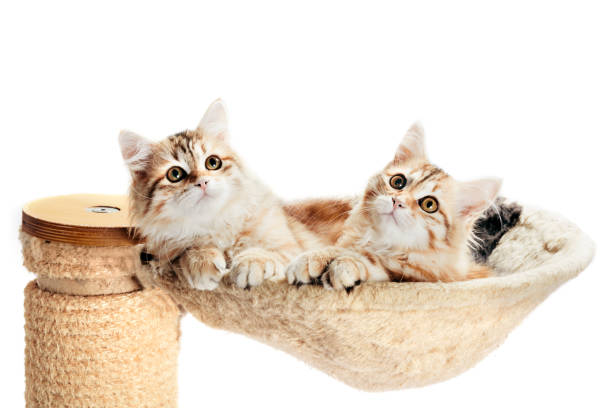Evaluating the Safety of Clumping Cat Litter for Kittens
Evaluating the Safety of Clumping Cat Litter for Kittens
Blog Article

Selecting the ideal cat litter for your feline pal can be an overwhelming job provided the myriad of choices offered on the market. This extensive guide will explore the various kinds of cat litter, their advantages, drawbacks, and whatever in between to assist you make an informed decision.
The product of the cat litter plays a vital function in its effectiveness. Common products consist of clay, silica gel, recycled paper, wood, corn, wheat, and walnut shells. Each material offers unique advantages and potential downsides.
Clay-based litters are the most conventional and commonly used due to their high absorbency and clumping capabilities, which make cleanup much easier. Nevertheless, they can be dusty and might not be the finest choice for cats or human beings with respiratory issues. Silica gel crystals are extremely absorbent, control odors effectively, and are low upkeep because they don't require to be changed as regularly. Nevertheless, they can be more expensive and some felines may not like the texture. Biodegradable litters, made from recycled paper, wood, corn, wheat, and walnut shells, are environment-friendly choices. They are generally dust-free and helpful for cats with allergic reactions, but their smell control and clumping capabilities differ commonly.
The option between clumping and non-clumping litter is substantial. Clumping litter types strong masses when wet, making it easy to dig urine and feces, therefore maintaining a tidy litter box. Non-clumping litter absorbs wetness however does not form clumps, which may cause more frequent modifications of the entire litter box.
Odor control is a leading priority for a lot of cat owners. cat litter box enclosure Litters are frequently infused with baking soda or charcoal to reduce the effects of odors. Keeping a fresh litter box also needs regular scooping, ideally two times a day, and following the manufacturer's standards for changing the litter and cleaning package.
The health of your cat and the ecological effect of the litter are also essential factors. Dust-free or low-dust choices are much better for respiratory health. Naturally degradable litters use an eco-friendly option to clay, which is strip-mined and not renewable. Furthermore, it's vital to be familiar cat litter robot with any allergies your feline might have to specific products.
Cost is a necessary consideration, as the cost of cat litter can differ substantially. While silica gel and some biodegradable Wood Cat Litter litters may be more costly in advance, their longevity can offer savings in the long run. Alternatively, clay litter is often cheaper but needs more regular replacement.
Eventually, the best cat litter is one that fits both your and your feline's choices and requirements. It might take some experimentation to find the ideal match. Focus on your feline's habits and comfort, in addition to the litter's efficiency in regards to smell control, absorbency, and upkeep.
Choosing the right cat litter contributes considerably to your cat's health, happiness, and the tidiness of your home. By thinking about the product, clumping capability, smell control, health effects, ecological effects, and cost, you can make an informed decision that benefits both you and your furry buddy. Keep in mind, what works finest for one cat may not suit another, so want to experiment until you find the ideal solution.